The puffed sleeve trend is nothing new. Although, the fact that it continues into the 2020s along with the other frills and flounces of feminine clothing represents a return to maximalism; an unapologetic ‘bigness’. Alongside oversized blazers, platform heels, and wide pants, the puffed sleeve is the cherry on top for today’s fits. This piece looks at the cultural symbolism behind the sleeve and the reason why this nostalgic silhouette has seen a resurgence, as well as how today’s response differs from previous decades.
1830 upper-class Britain. Or the fashionable Leg of Mutton sleeves that hooked Anne Shirley. Or, the ‘80s prom dresses that Gen X-ers drink to forget. From 16th Century Germany to the milkmaid dress trend of today, it is no overstatement that the puffed sleeve is an iconic article in Western fashion.
With the rise in milkmaid dresses, babydoll dresses, and billowing maxi dresses, the feminine staple of a puffed sleeve has flourished among today’s styles. The year 2020 saw the rise of Cottagecore (peaking by 2021, according to Google Trends) with its poster-people sporting the staple sleeve. The aesthetic undeniably contributed to puffed sleeves’ newfound glory; however, it is only one piece to the puzzle.
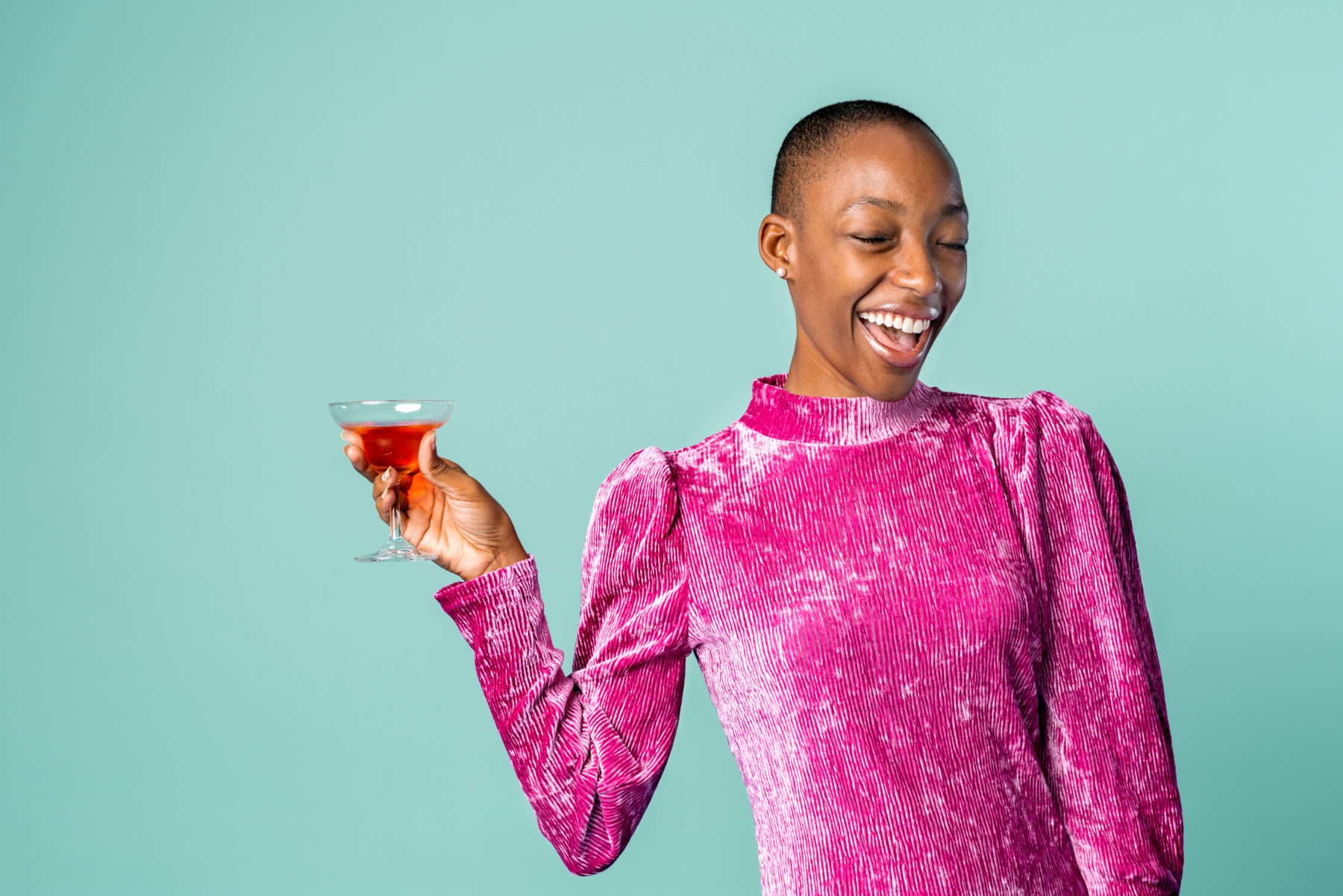
There is no right word for them. They might be girly or womanly, uppity or whimsical, ethereal or in-your-face. But what is more discernable than subject to opinion is its factor of nostalgia.
The puffed sleeves of today represent a renewal of older styles. Disney classics such as Snow White and the Seven Dwarfs (1938) or Sleeping Beauty (1959) have done similarly, with historical motifs combining with contemporary silhouettes. Snow White’s puffed sleeves referenced 16th century Germany and the late 1930s, while Aurora’s woodland outfit dons the A-line skirt of the late ‘50s. Even Ariel’s pink dress in The Little Mermaid (1989) is an ode to the 1830s setting, with its gigantic sleeves conveniently blending into contemporary styles.
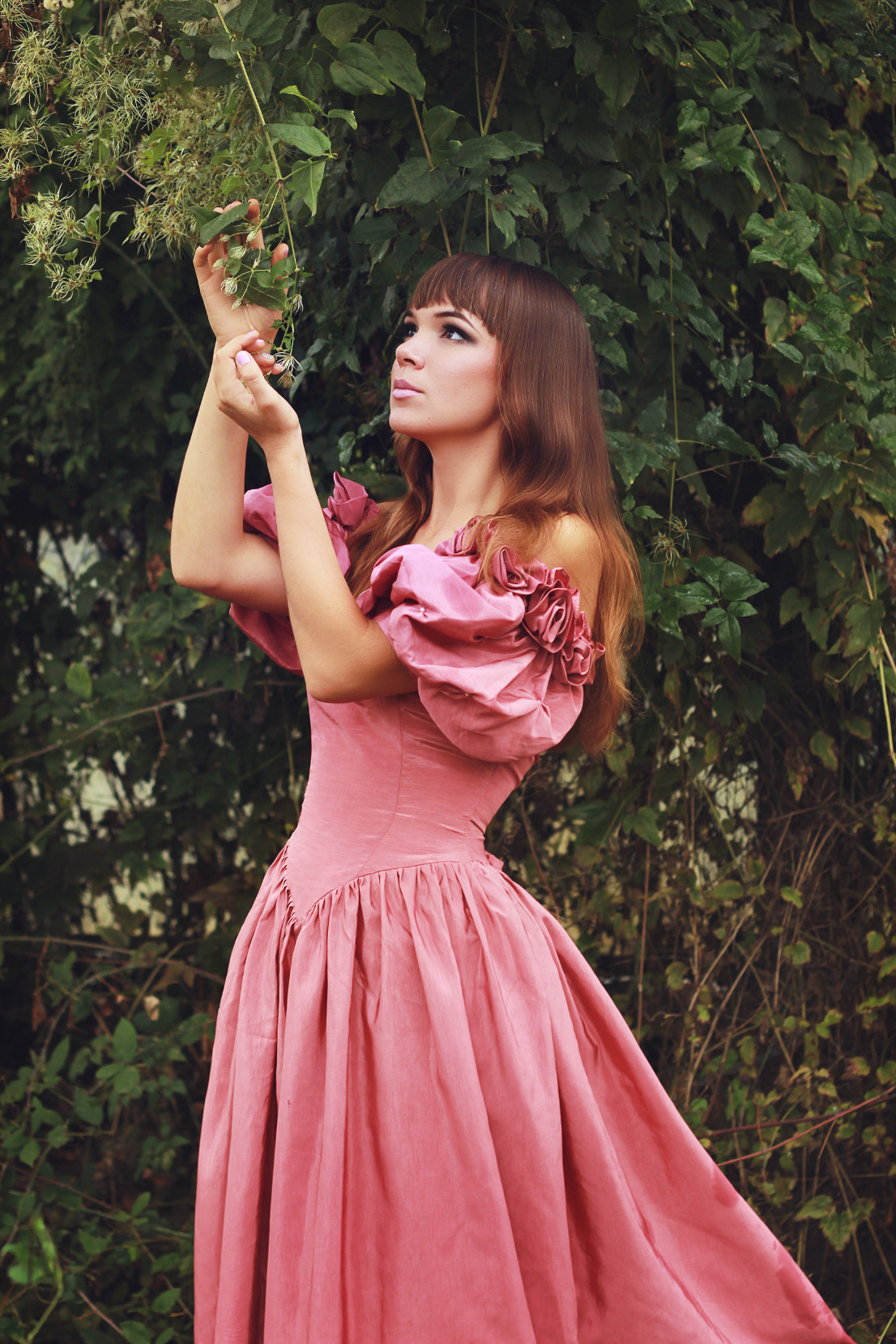
But how are these old Disney films still relevant to fashion today?
Firstly, these films are tokens of nostalgia. The ‘Princess’ embodies the ultimate feminine symbol for young girls growing up with these films. Today, ‘Royalcore’ sits alongside Cottagecore as another internet aesthetic, recreating this whimsical, romantic femininity of childhood fairytales. The general fashion involves gowns with — you guessed it — puffed sleeves.
The ‘rags to riches’ storylines of 20th Century Disney represent an opulence unreachable for many of us. We accept it as a fantasy — now even more so, where there is an unnerving disconnect between this ‘American dream’ scenario and late-stage capitalism. Cottagecore and its sister aesthetics, in reaction, spur a vision dissatisfied with modern life, painting a world without hustle culture and modern problems.
Younger generations have grown up exposed to a mounting climate crisis, job shortages, wage stagnation, and to top it off, the coronavirus pandemic. The way their clothes stand out compared to the 2010s minimalism highlights its reactionary angle. It is flamboyant. It is unapologetically maximalist. This aligns with the general trends of the early 2020s — bold patterns, bright colours, and asymmetry. The desire for opulence, even to esoteric levels, reveals itself in our clothing.
The beauty about this return to flamboyance and femininity, especially in alternative scenes and internet subcultures, is that it is something to be celebrated. Forget the shy, Sunday school girl made to feel ashamed of the length of her skirt. This is Carrie after the bloodshed. This is girls in chain necklaces and hideous platform mary-janes ready to stomp you out. This is six rings on one hand. This is the boy painting his nails and the person who sews their own Edwardian gowns with the biggest puffed sleeves imaginable – and they are, for now, not going anywhere.
The femininity of puffed sleeves mimics a lavishness and ‘excess’ which, historically, asserted a hierarchical dominance in imperialist England. This style of sleeve used up more material than what the working class deemed practical, as seen in the difference between upper and lower classes in the 1830s. Now, with fashion more accessible than ever, the puffed sleeve has returned as a nostalgic high-street staple for anybody to wear.
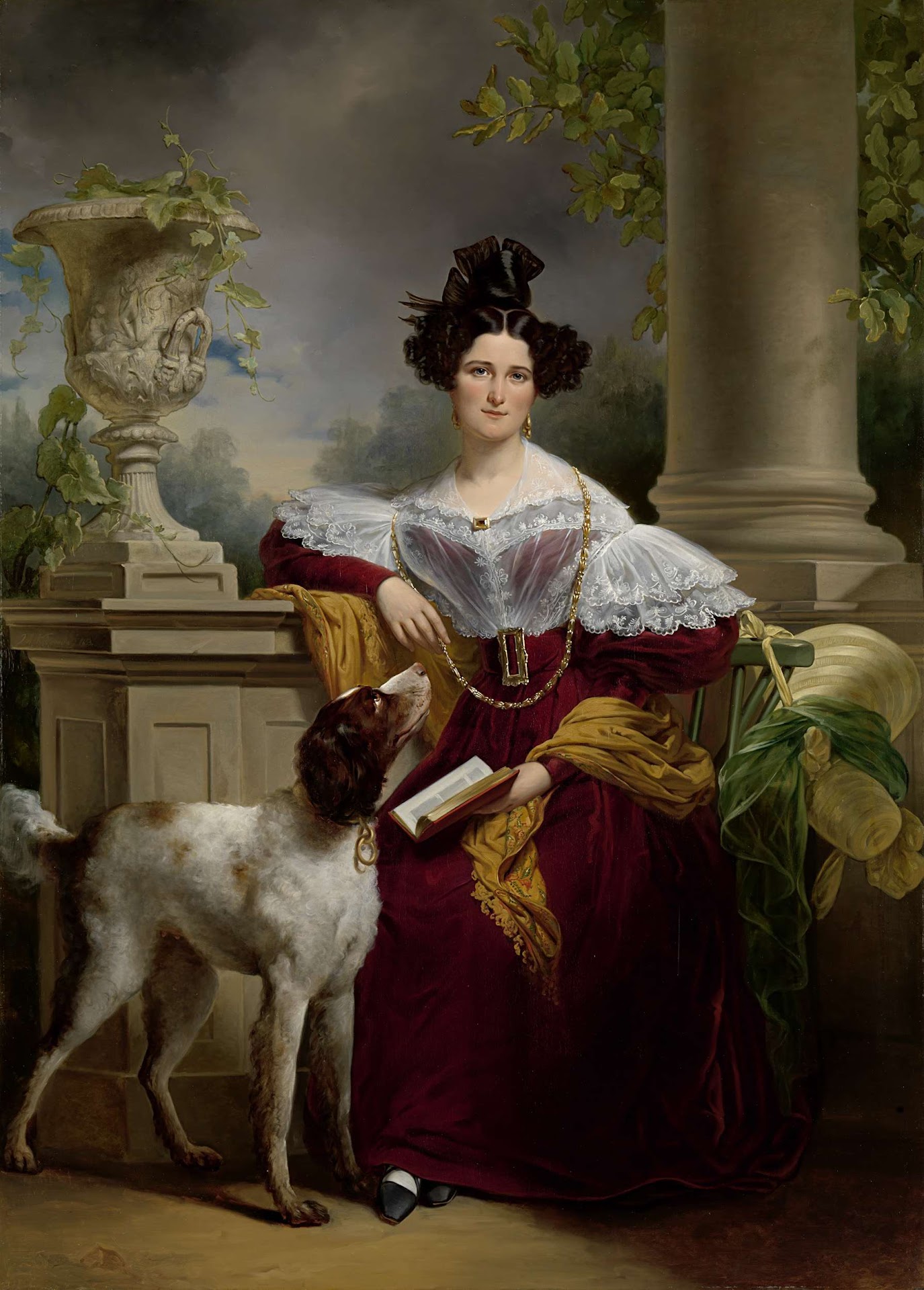
But with nostalgia, comes fantasy.
For as long as trends have existed, there have been variations of big sleeves. So, what was the reality for previous decades? First, let’s look at the 1970s, where fashion grew less homogenous and streamlined into trends.
The prairie revival saw people reclaiming femininity, straying away from the formless shift dresses of the ‘60s. Peasant blouses and bishop sleeves with a distinct ‘puff’ before the cuffs indicated a more romantic era in fashion, enriched with fantasy and folk elements. Despite its reputation as a polyester-fueled nightmare, the 1970s saw big sleeves that were irrevocably more grounded than what would follow.
Sleeves in the ‘80s had to balance out the silhouette as hair ballooned. Princess Diana’s wedding dress – a real princess dress – rocked the world in 1981, with this emphasis on the shoulders continuing into the decade. Shoulder-padded blazers in Escada adverts conveyed women’s rising numbers in the corporate world and its influence on high fashion. This is reminiscent of the femininity emulated today, with its bright colours and patterns.
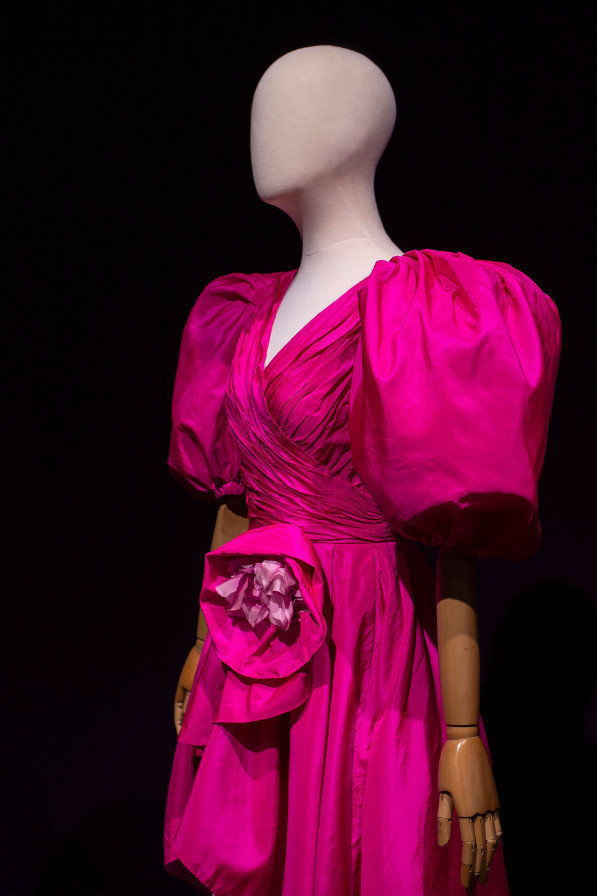
But an influence that slips under the radar is the grunge ‘Kinderwhore’ movement. This feminist 90s subculture used vintage lingerie as outerwear, with its thrifty, economical attitude sticking to its grunge roots. Some bands used exaggerated, idealised forms of femininity to subvert it, with an overlay of pro-feminist lyrics. The sleek and slim 1990s could not escape the puffed sleeve, even if only subtly — singer Courtney Love sported babydoll dresses and peter pan collars before it was cool.
Cut to today and knowledge of historical fashion is more accessible than ever. The Netflix original ‘Bridgerton’ set 2021 off; according to eBay UK, searches for corsets exploded in January. The show’s colourful, extravagant palette continued to supply this year’s trends with pastels and saturation. The ‘Roaring ‘20s’ have returned, except, we are already forecasting what happens around the corner.
The pandemic has created nearly 500 new billionaires as of April 2021. Compare this with working Americans missing stimulus checks and reduced global aid from the UK, and the bigger picture sets in. Wealth inequality is at its most observable ever for the youngest generations. A question to throw out there: is this desire for nostalgic opulence genuine, or a self-aware, post-ironic take on the world around us? Do we already realise how ridiculous it is to mimic an economically oppressive force, and engage in a fantasy dominated by a lens of privilege? If we are aware of this fantasy, are we reclaiming it as an act of our own agency?
Whatever the answer, I am glad to see these styles reborn and given a new life. In a way, this escapism is understandable when our personal expressions seem to be the one constant in an unstable world. Identity, in response, becomes something we can control. Whether this nostalgia is genuine or ironic, it at least empowers us by allowing us to reclaim motifs for ourselves.
I’m not sure if puffed sleeves will last another year, but they will resurface if they don’t. Once they do, I hope to see them in a brighter world, aware and beauteous, billowing and thriving.
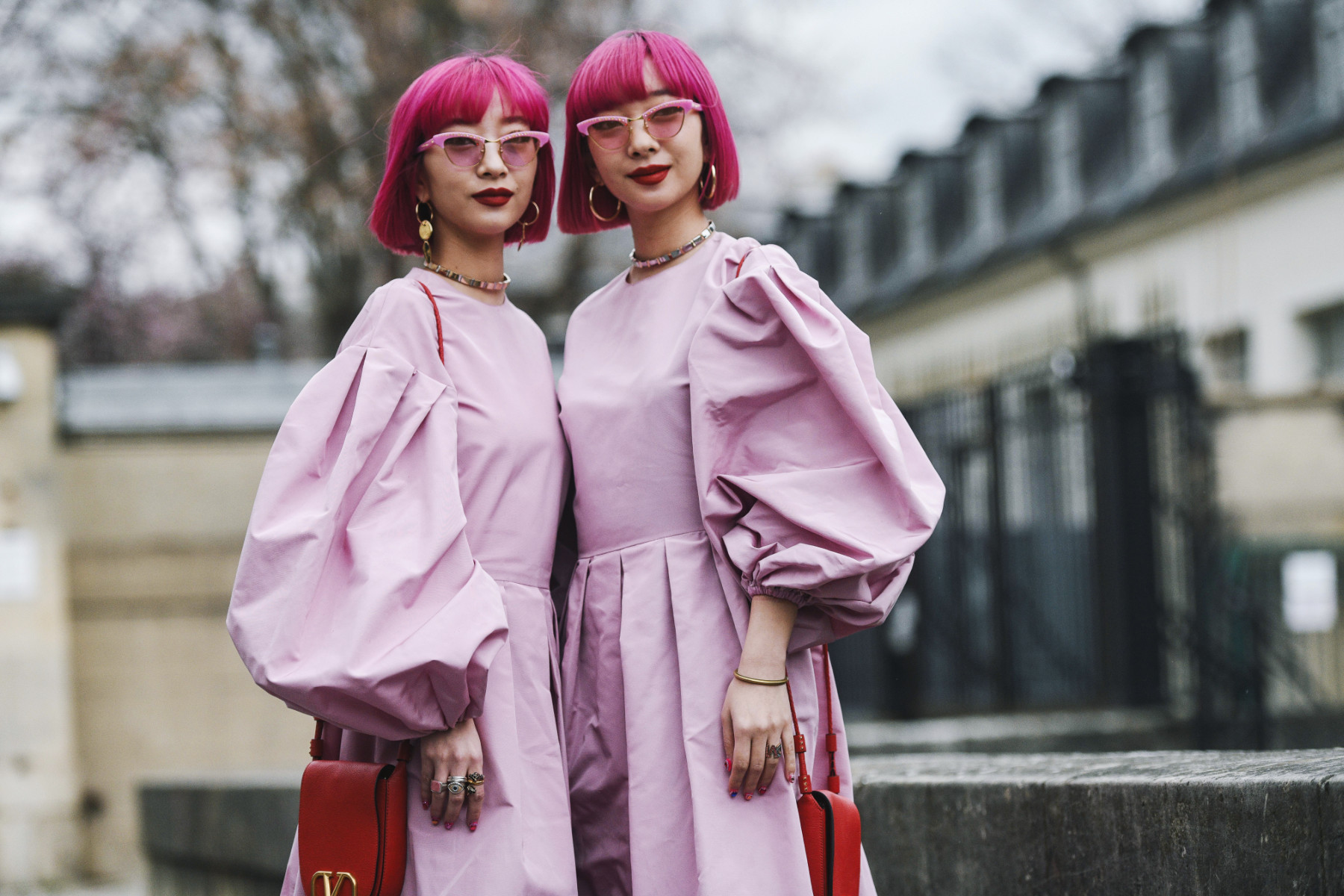



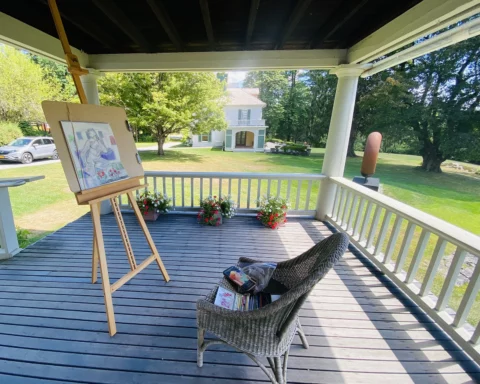
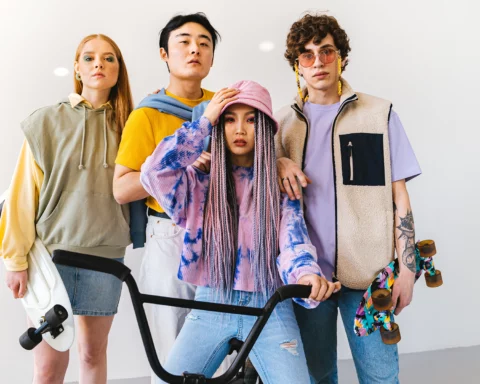

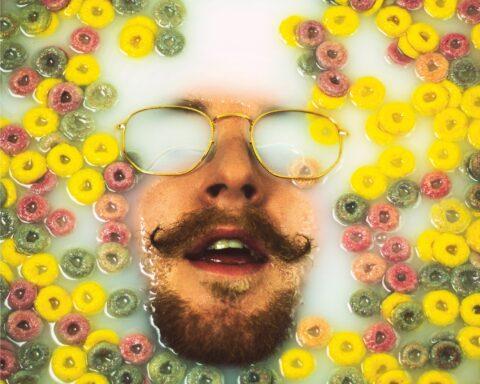
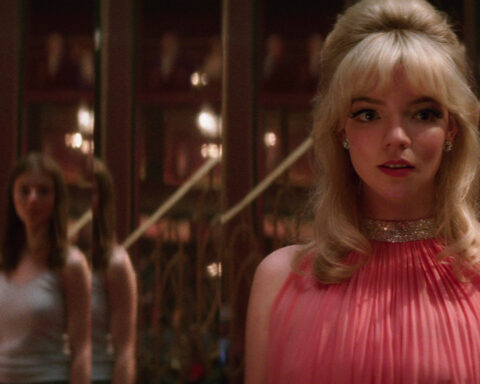









You must be logged in to post a comment.